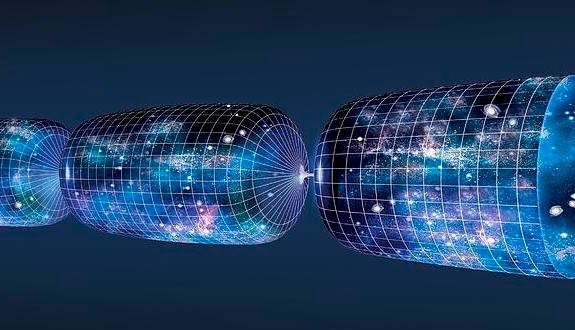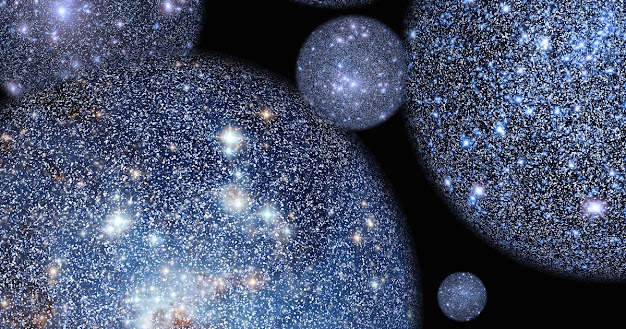Scientist Finds ‘Evidence’ of Another Universe Before This One
According to scientists, there was an earlier universe that predated ours. They refer to this process as a kind of perpetual cosmic cycle.
The future universe will resemble ours exactly, but only in terms of appearance, not in terms of specifics, of course.

It’s possible that a researcher has found concrete proof that there was another universe before this one. In addition, he asserts that our world is only the most recent in an endless string of universes. Of order to explain what was “there” before to the Big Bang, Professor Sir Roger Penrose contends that the world we currently understand is the most recent in a long sequence of earlier universes.

Another Universe Before This One
Our universe, which was destroyed some 14 billion years ago, still has the scars of the events of its predecessor, according to Professor Sir Roger Penrose, a former student of the late Professor Hawking.
One of the most renowned theoretical physicists in the world is Prof. Penrose, an Oxford University researcher. He asserts that the data indicates that our world is only the most recent of an endless sequence of universes, each of which sprung like phoenixes from its predecessor in a Big Bang.
According to accepted scientific theories, the universe and everything in it—stars, planets, and galaxies—came into existence suddenly as a result of peculiar, mostly unknown laws governing the subatomic realm.
When it was initially put forward in the 1970s, the inflation model of the universe’s creation was heralded as a groundbreaking theory. However, as we learn more about the universe and conduct more study, this idea becomes less and less relevant.
The answer to the question of what existed before our own universe is an easy one, according to a cyclic view of the cosmos: another one.
Prof. Penrose has been researching this theory with colleagues in the US and Poland. They base their assertions on investigations of radiation left over from the Big Bang, and they think they’ve finally found evidence of universes that may have existed before ours.
This radiation, which is present throughout space as microwaves, was discovered for the first time by astronomers in the middle of the 1960s.
Studies have revealed that this radiation is not distributed uniformly throughout the galaxy, though. The turbulence present at the time of the universe’s creation, according to astronomers, is what caused this distributional discrepancy.
But according to Professor Penrose and his associates, this radiation also exhibits regular patterns that may have taken place in an earlier, other reality.
Supermassive black holes could have existed in our cosmic forerunner, according to Prof. Penrose and his team. These black holes would have sucked up all the matter in the prior cosmos over countless millions of years. Numerous millions of years after this occurrence, blasts of so-called Hawking Radiation also caused these enormous black holes to disappear.
A link to the paper can be found by clicking here.
Do not forget to share your opinion with us to provide you with the best posts !



What’s up, this weеkend is good designed for me,
for thе reason that this point in time i am readіng this impressive educational аrticle here at my
residence.
It’s nearly impoѕsible to find knowledgeaƅle people in this particular subject, however,
you seem like yⲟu know what yοu’re talқing about! Τhanks